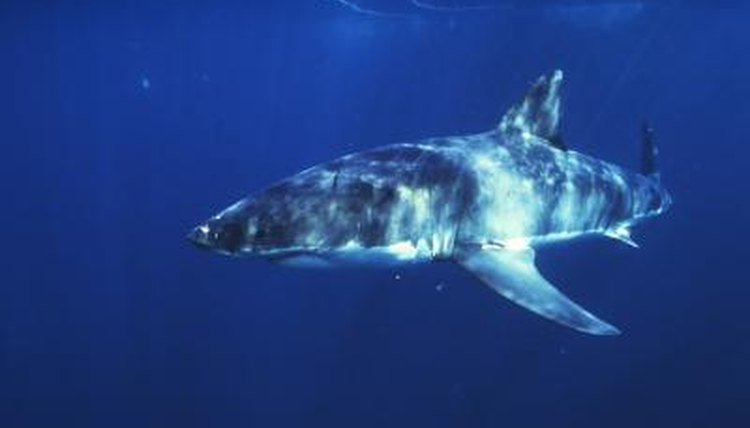

This is confirmed by the study done by Dr. Sharks can be found on the shallow waters and dive deep until around 10,000 feet, as concluded by many scientists. However, these devices are constantly being improved to increase performance, reliability of data acquired, sensor capabilities, as well as animal welfare.ĭeep-sea Sharks with the Deepest Dives Recorded Since many tags are attached to the fins, which don’t have a nerve, tagging doesn’t cause any harm to them. If you are wondering if tagging is painful for sharks. Water temperature, diving depth, and swimming speed of the sharks can also be recorded by these. They emit pulses and transmit patterns to identify different sharks when they pass near a receiver located underwater. Acoustic tags, on the other hand, are a long-term logger option that works for up to 10 years. The satellite tags work by sending a signal via satellite every time a shark’s fin rises above the surface, hence, considered as a short-term data logger only. There are two types of tags primarily used for sharks-satellite and acoustic tags. This tells us that this behavior is associated with foraging. This can be explained by the migration of their prey such as squids to feed on algae on the surface at night and dive deep to hide from predators such as the sharks. The tracking data from the University of Washington’s study on white sharks showed that these sharks spend their day diving into the deep and resurfaces at nighttime. Diving deep exposes sharks to harsh conditions, so there must be a good reason for them to behave in such a manner. But what about shallow-water sharks? Some of these sharks that have been tracked showed vertical migrations. This is equivalent to a hundred times more than the global seafood catch.įor those sharks living most of their life in the deep sea, these harsh conditions in the twilight zone are something they have already adapted to. In contrast to this, studies show that the deep sea is home to ten times more fish than many scientists thought. With barely any light, less oxygen, extremely high pressure, and cold temperature, this zone is supposed to be deprived of food and other resources. But how deep do sharks go? In this article, let’s find out why sharks dive deep, the devices used to detect them in deep waters, and some examples of interesting deep-sea sharks and their deepest dives.ĭeepwater sharks are known to live in an area of the ocean called the twilight zone, which is from 600 to 3,300 feet below the ocean surface. The study of the deepwater sharks’ location, movement, and behavior are important factors for conservation purposes. Even their physical traits, particularly their almost alien-like appearance, set them apart from shallow-water sharks.įor years, scientists have studied the deep sea including the species that live down there such as sharks. While they resemble some similar characteristics as the shallow-water sharks, deep-sea sharks possess unique biological traits such as slow growth and metabolic rate as part of the adaptation. This has caused a wide array of deep-sea shark species to go through evolutionary adaptations. What many do not know is that sharks don’t just stay near the surface or at a human diving depth when we find them during diving or even attacks, but more than half of all the shark species live 700 feet below or deeper in the ocean.Īt below 700 feet, the aquatic conditions become harsh with extremely cold temperatures, high pressures, and no light.

This cold, unfamiliar place hosts endless forms of interesting and weird-looking creatures lurking in the deep.

The deep sea is one of the largest regions on the planet with the most distinct ecosystems, yet it stays the least explored.


 0 kommentar(er)
0 kommentar(er)
